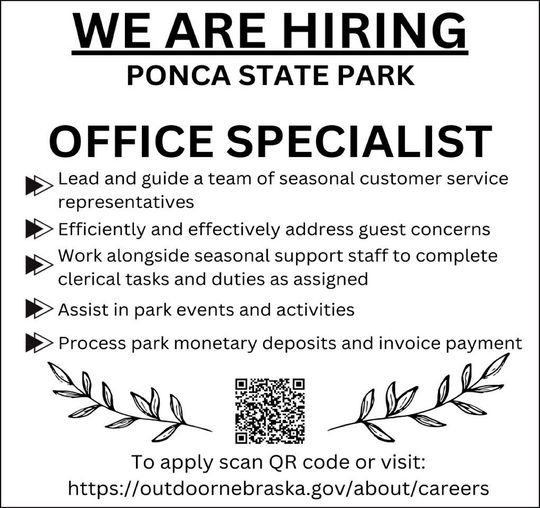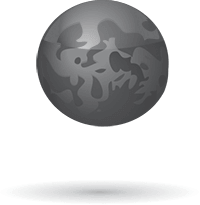Most lawns are greening up and this brings an array of lawn questions.
Common inquiries have been about purple blooming weeds, soil lumps, and care practices like core aeration and power raking.
In most cases, the purple blooming weed is henbit. They are prolific and beautiful this year and if you have to have a weed, this is one to have.
If you choose to control henbit, it’s fairly easy to do. If you choose not to control it, it’s an important plant for early emerging pollinators like bumble bees.
Henbit is a winter annual because the majority of seed germinates in fall and small plants overwinter to grow and bloom in spring. As an annual, Henbit lives one growing season only, coming back from seed each year.
After blooming and seeding, plants die during hot weather.
Henbit has shallow roots making it easy to pull. Once removed, it won’t grow back from roots like dandelions will. Manage henbit in lawns with hand-pulling and increase turf density in thin areas to provide competition.
A mowing height of 3 to 3.5 inches will help shade out this annual weed.
If herbicides are used, preemergence herbicides applied in September before seed germination work best. Once plants are blooming in spring, a post-emergence herbicide will kill the plant sooner than it would die naturally, but will not prevent seeding.
As earthworms move through soil, they leave behind small, coneshaped soil bumps called castings.
This results in rough lawns and can be annoying or a tripping hazard.
Earthworms do not damage turf, but their castings are more noticeable in thin lawns and earthworms may be blamed for thin turf.
Earthworms are beneficial and there are no pesticides labeled for their control. While some products impact earthworms, none can be recommended. Lawns can be overseeded to increase turf density so castings are less noticeable. If a small area is affected, hand rake with a stifftine rake to break up castings.
Make sure irrigation practices are not contributing to earthworm castings. Frequent, shallow irrigation encourages worms to stay near the surface. Deep (4 to 6 inches) and infrequent (only when the soil begins to dry out) irrigation enables worms to stay deeper in soil to avoid surface castings. Core aeration and power raking can gradually reduce lawn roughness over a few years.
When it comes to lawn care, is core aeration or power raking better? Core aeration, the removal of soil plugs, is considered a better practice. Power raking can be beneficial, but only when needed. Core aeration relieves soil compaction to improve water infiltration, soil oxygen recharge, and root growth. Core aeration is typically done once every three years in April or September when soil is moist.
Power raking is needed when true thatch exceeds one-half inch.
Thatch that causes issues is made up of dead roots and rhizomes, not grass clippings. To measure thatch, cut a plug from the lawn and look for a reddish-brown mat between soil and grass. This is true thatch and up t o one-half inch is beneficial. Over one-half inch can lead to issues like reduced movement of fertilizer into soil. Power rake only when thatch exceeds one-half inch. It is also best done in April or September.
Mow Kentucky bluegrass and turf-type tall fescue at a height of 3 to 3.5 inches from the first mowing of the season to the last. Make sure mower blades are sharp and mow often enough so only one-third of the grass height is removed at each mowing. Removing much more can lead to root loss.
For do-it-yourselfers, April 20 to May 5 is the window when the first fertilization and application of preemergence herbicides for crabgrass are recommended. For a lawn calendar with best dates for other practices, go to extensionpubs.unl.edu and search for cool season lawn calendar.
Source: Kelly Feehan, Extension Educator, Platte County







